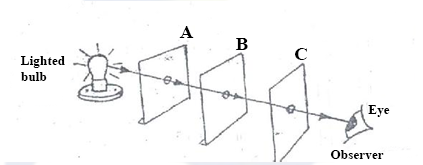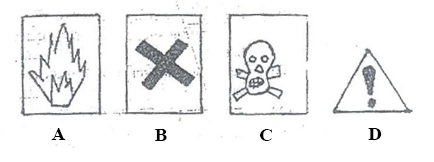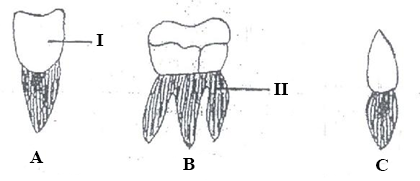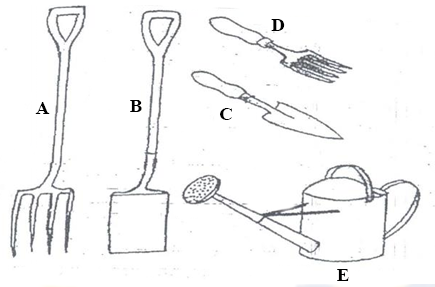ESSAY
This paper is in two parts: I and II. Answer Question 1 in part I and any other four question in part II
PART I
[40 marks]
Answer all of Question 1
-
In an experiment to demonstrate a property of light, three cardboards, A, B, and C with holes in their centres are arranged in a straight line between a lighted bulb and an observer as shown in the illustration below.
Study the illustration carefully and use it to answer the question that follow:

-
What would the observer see from the position shown?
-
What would the observer see when cardboard B is slightly displaced from the line?
-
Explain the observation made in (a) (ii) above.
-
What would be observed when the cardboard B is brought back to its original position?
-
What property of light is being demonstrated in this experiment?
-
Mention
-
two natural occurrences that could be explained by the property of light demonstrated.
-
one device that works on the property of light demonstrated.
-
-
-
The diagrams below are illustrations of hazards symbols found in everyday life.
Study them carefully and use them to answer the questions that follow:

-
What does each symbol A, B, C and D represent?
-
Name one substance each that is associated with each of the symbols A, B and C.
-
Name one place where the symbols D can be found.
-
State two advantages of hazard symbols.
-
-
The diagrams below are illustrations of the different types of teeth in humans.
Study the diagram carefully and answer the questions that follow.

-
Identify each type of teeth labelled A, B and C.
-
Describe the shape of each of the teeth labeled A, B and C.
-
State one function of each of the teeth labeled A, B and C.
-
Name the parts of the teeth labeled I and II.
-
-
The diagrams below are illustrations of some farm tools.
Study them carefully and use them to answer the questions that follow:

-
Identify each of the following labeled A, B, C, D and E.
-
Mention one use of each of the tools labeled A, B, C, D and E.
-